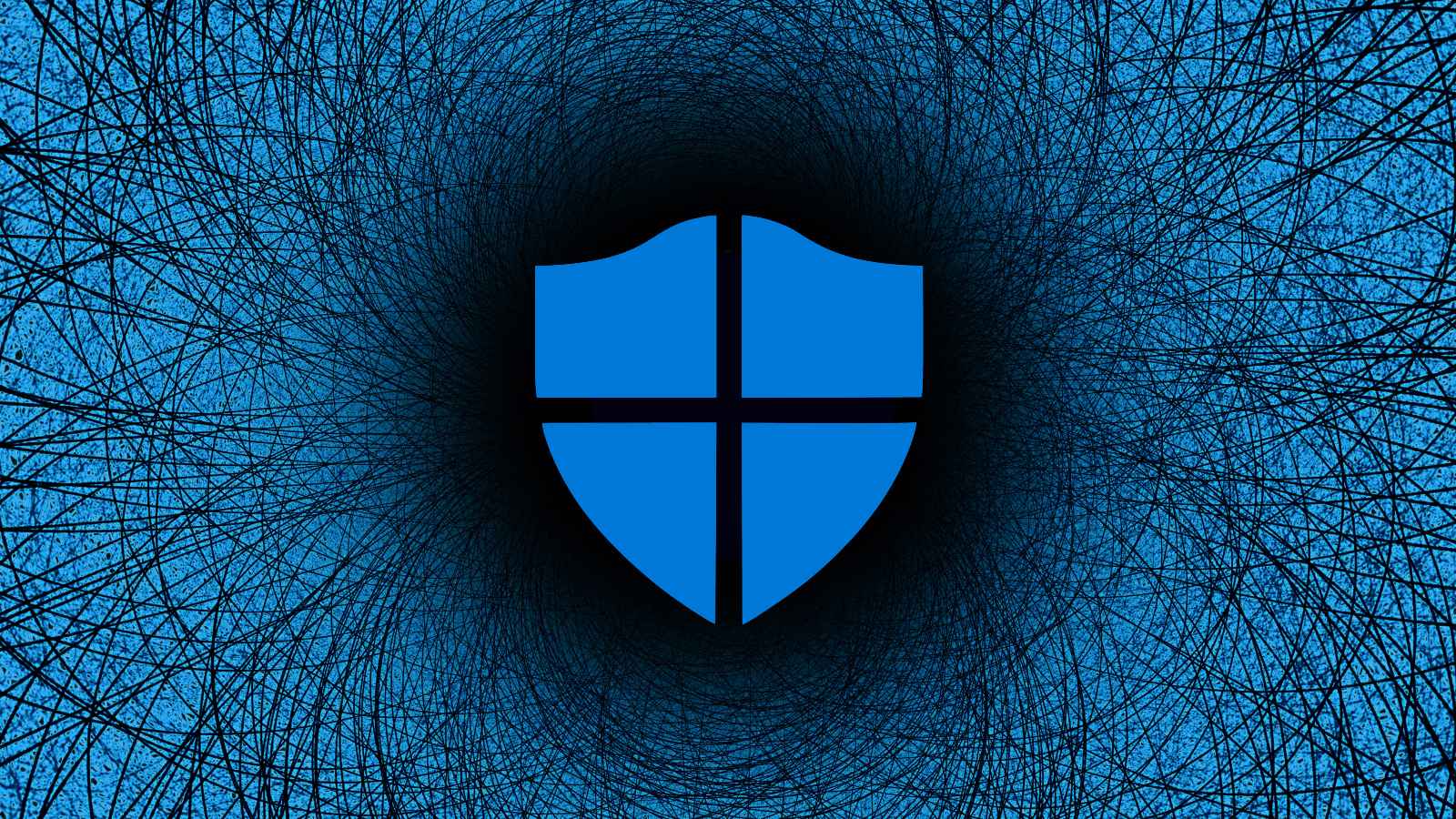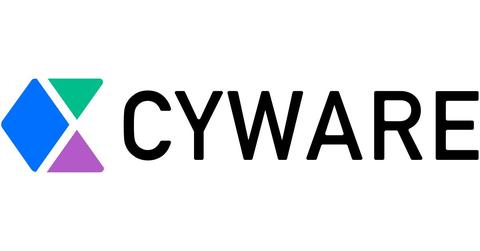Microsoft is moving forward with removing the Windows Management Instrumentation Command-line (WMIC) tool, wmic.exe, starting with the latest Windows 11 preview builds in the Dev channel.
The online student portal was down for 17 days, and Ohlone College’s phone and email systems were knocked offline for 10 days. A separate student information system was also impacted.
Siemens this week announced the availability of patches and mitigations for a series of severe vulnerabilities that can be exploited to remotely crash some of the company’s SIMATIC products.
No one outside the IT department cares about the vulnerability metrics, or they shouldn’t, anyway. They care more about the efficacy of the program. And traditional stats don’t show that.
During an attack on Texan cities, the decision not to pay ransom had a surprising knock-on effect: it forced a notorious ransomware gang, the Russia-based REvil, to rethink how it did business.
The donation site used by truckers in Ottawa who are currently protesting against national vaccine mandates has fixed a security lapse that exposed the passports and driver licenses of donors.
Intel 471 studied the Pay-Per-Install service offered by PrivateLoader to expand their target and shed light on the deployment of popular malware strains, including Smokeloader and Vidar. The low cost, easy access of such services inspired more cybercriminals to expand their attack horizons. More experts should watch this space if they wish to develop countermeasures.
According to cybersecurity researchers at Vade, malicious actors are dusting off Right-to-Left Override (RLO) attacks to trick victims into executing files with disguised extensions.
Cyware today announced that it has partnered with the Auto-ISAC to give its members the ability to automatically aggregate, share, and collaborate on actionable threat intelligence.
The master decryption keys for the Maze, Egregor, and Sekhmet ransomware operations were released last night on the BleepingComputer forums by the alleged malware developer.









